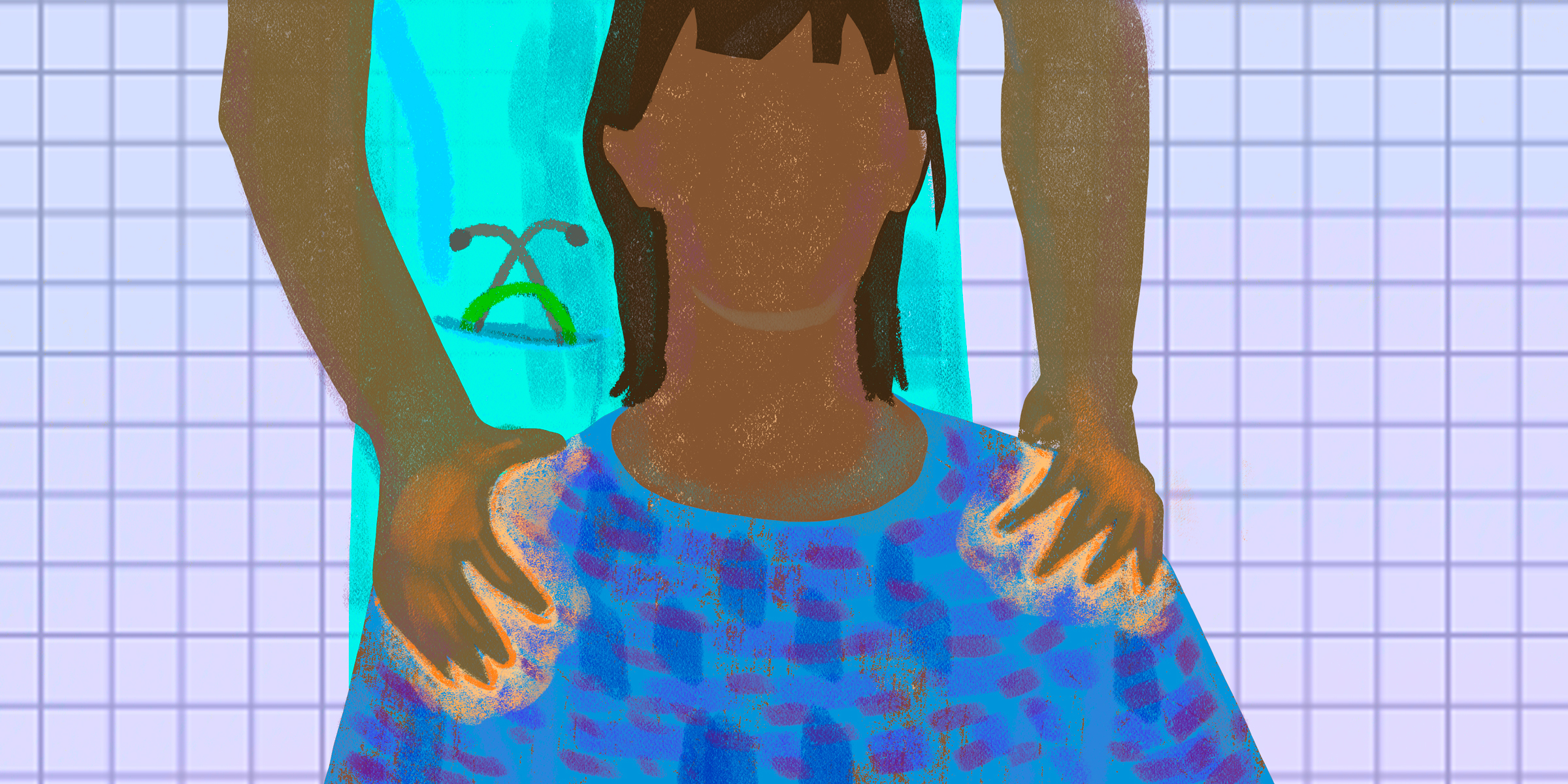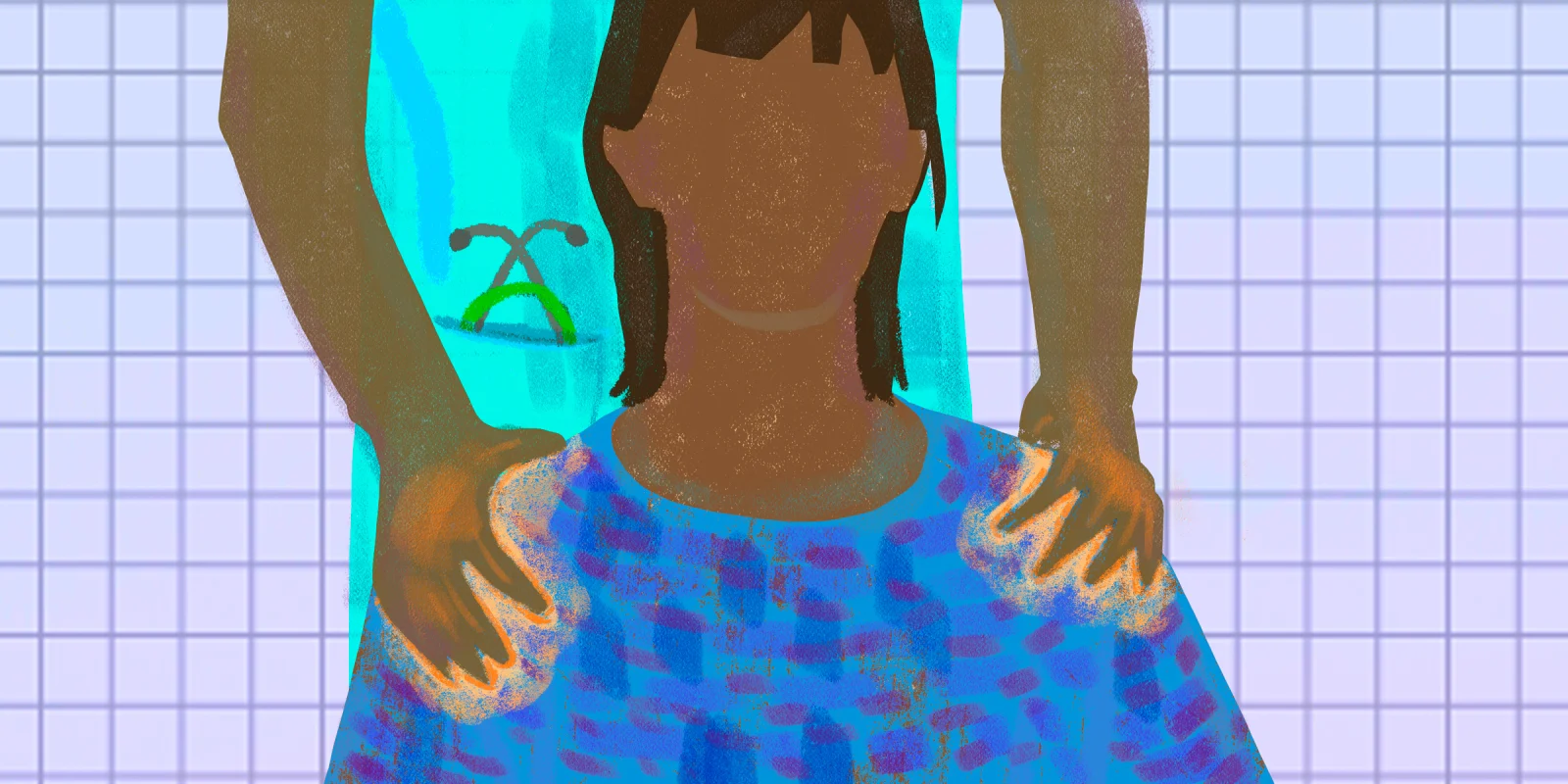 “What are we missing?” she said. She wiped her eyes as tears started forming and shook her head, almost afraid to describe aloud a fear that had been rattling in her head for days, “I just don’t want to die from this.”
“What are we missing?” she said. She wiped her eyes as tears started forming and shook her head, almost afraid to describe aloud a fear that had been rattling in her head for days, “I just don’t want to die from this.”
It was late in the day and I was tired. I had spent the day like I do in most of my clinic sessions: delivering complicated diagnoses, adjusting medication regimens, and helping patients communicate with their specialists. But I knew what she needed was my time and patience. Even though I have had the same conversation numerous times, I was struggling to find the words to help her understand that her symptoms were triggered by anxiety.
All the testing was normal for infections, stomach ulcers, and clotting disorders. Her ECG and chest x-ray did not reveal any abnormalities and her blood pressure was normal. Her chest pain was anxiety-induced.
It’s never easy helping someone understand the implications that stress and anxiety can have on the body. Blaming physical sickness on stress feels vastly oversimplified and it also seems like an accusation — blame is placed on the patient’s mental state for the symptoms they are suffering from.
But chest pain is an extremely common presentation of anxiety. Some studies have shown that up to 25% of patients presenting to the ER with chest pain have anxiety disorders that are contributing to the pain, and I have seen this to be true in my own practice. What I have also seen is that chest pain is only one type of acute symptom that is directly related to psychological stress. Over recent years, numerous studies have shown that patients with psychological stress or anxiety are more likely to suffer stomach ulcers, hypertension, and even the progression of cancerous disease.
As I started explaining to her that stress and anxiety had instigated a cascade of events that physically affected her body, I realized “anxiety” just wasn’t the right word. My patient was not stressed nor anxious. She was exhausted, tired, traumatized, and in pain. I knew her history of childhood abuse and her present struggles of working low-income jobs to support her children. I knew that she had a son in prison and was kept awake by nightmares of seeing her other son buried due to gun violence. To call her symptoms anxiety-induced seemed empty. This was not her stress or anxiety, but rather a history of trauma and social injustice that culminated in her having chest pain so intense that she landed in the ER.
The notion that social inequities play a role in health outcomes is far from new. In western medicine, Rudolf Virchow highlighted this reality as early as the 1840s, where he correlated disease with “traceable defects in society.” In recent decades, numerous reports have been published, correlating social injustices with poor health outcomes. Studies have shown that Black patients are more likely to die from diseases such as cancer and heart disease, while also facing higher rates of discrimination in society and in the health care system.
Yet, when we learn about somatic disorders in medical school, there is no concomitant education about trauma-informed care. When we try to explain anxiety to our patients, our language and treatment plans are rooted in personal culpability. We don’t invoke social trauma into our language but instead ask patients to dig deep within themselves to find a remedy.
Casual language that asks patients to “de-stress” or “meditate” seems not only wrong but problematic for patients who are systematically marginalized.There is assuredly a place for meditation and mindfulness in the treatment of anxiety but our approach as clinicians has to be more thoughtful and individualized. Language is important and it matters to our patients and our culture. We have to be cognizant of the fact that calling disease “anxiety-induced” without further elaborating is vapid.
If we think social violence has played a role in a patient’s disease process, we should elaborate. The process of healing necessitates that we create time and space to bridge understanding, before prescribing treatment. Otherwise, we risk being dismissive and perpetuating the cycle of distrust in our medical system.
Illustration by Jennifer Bogartz







